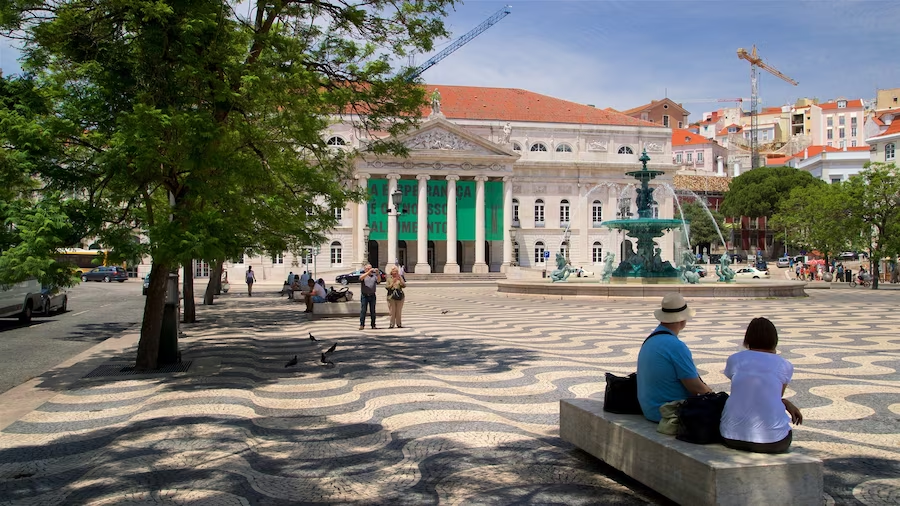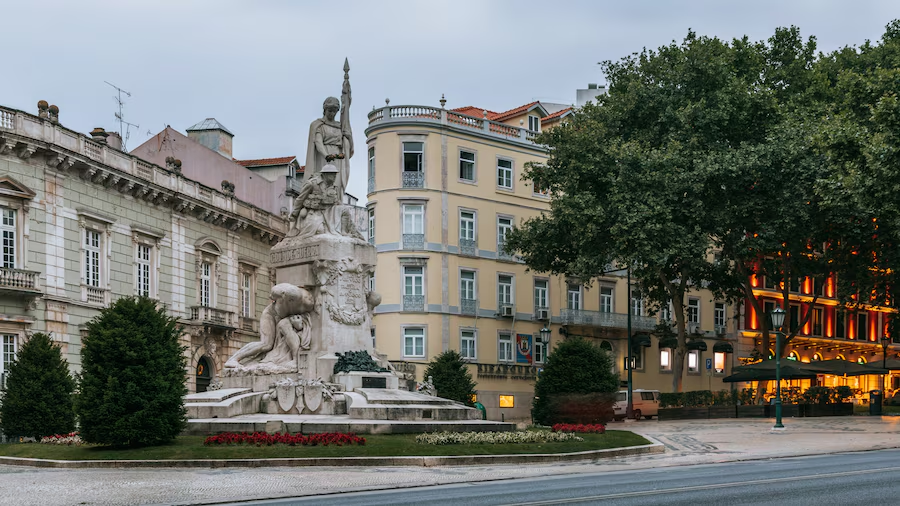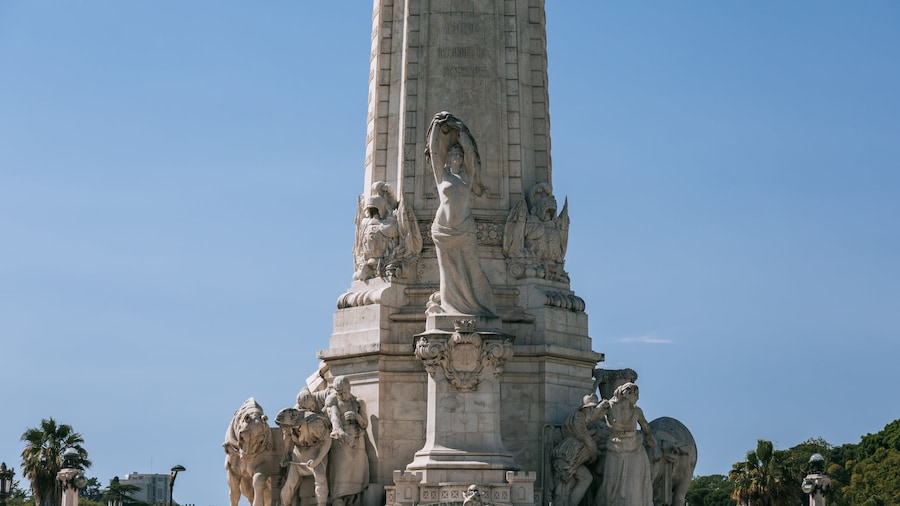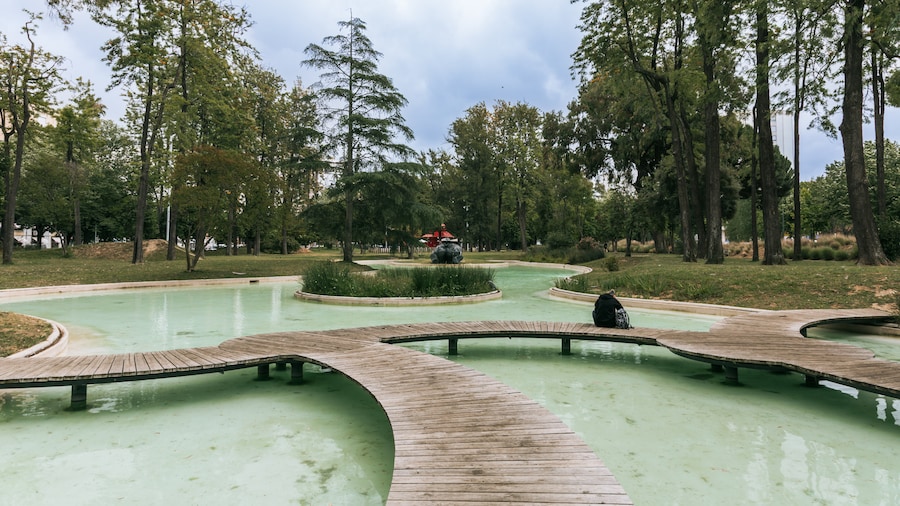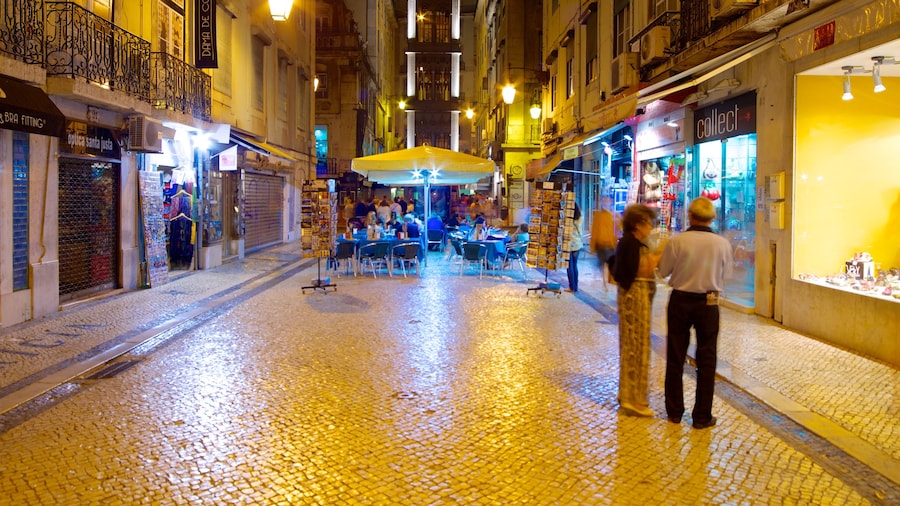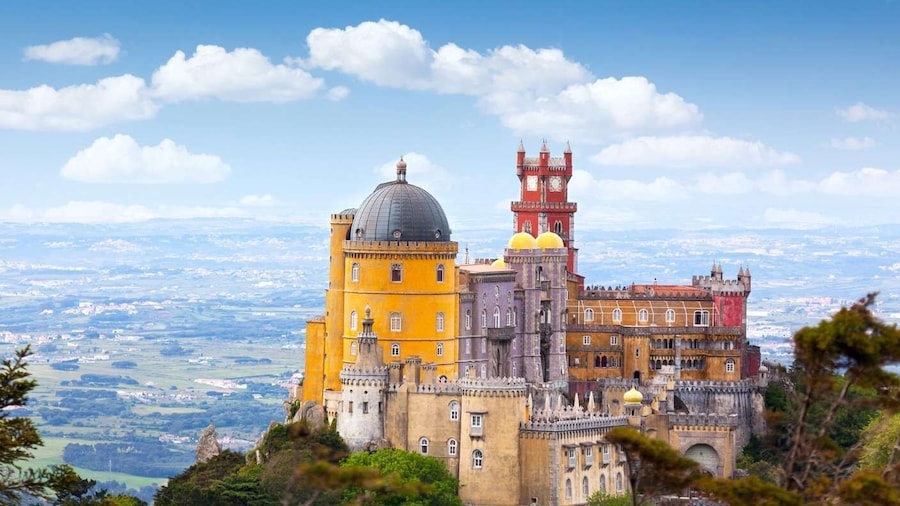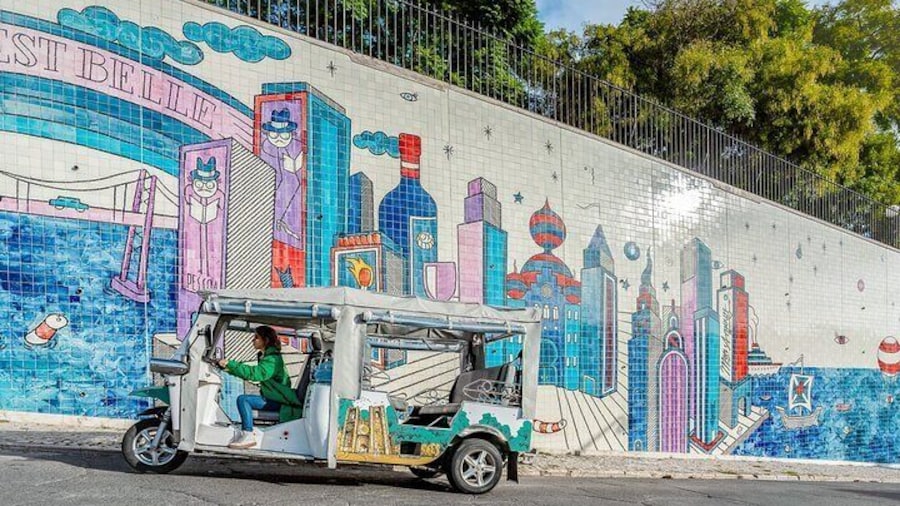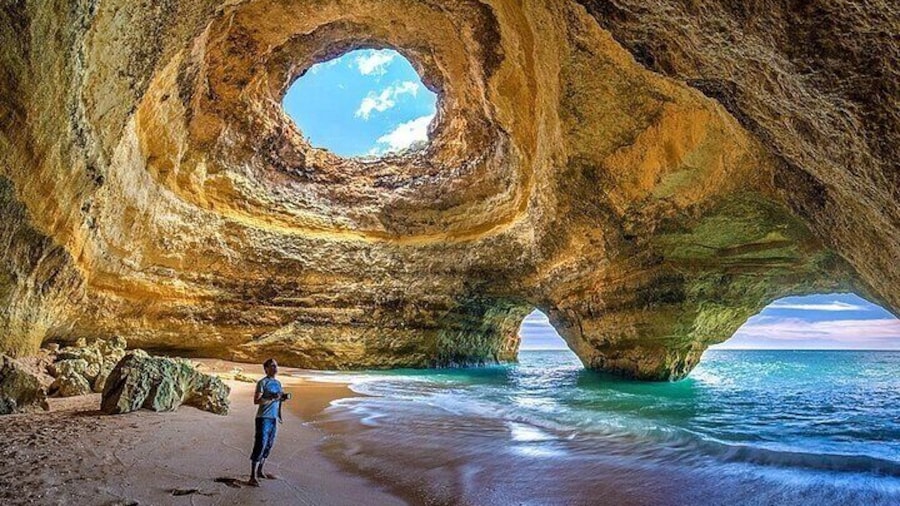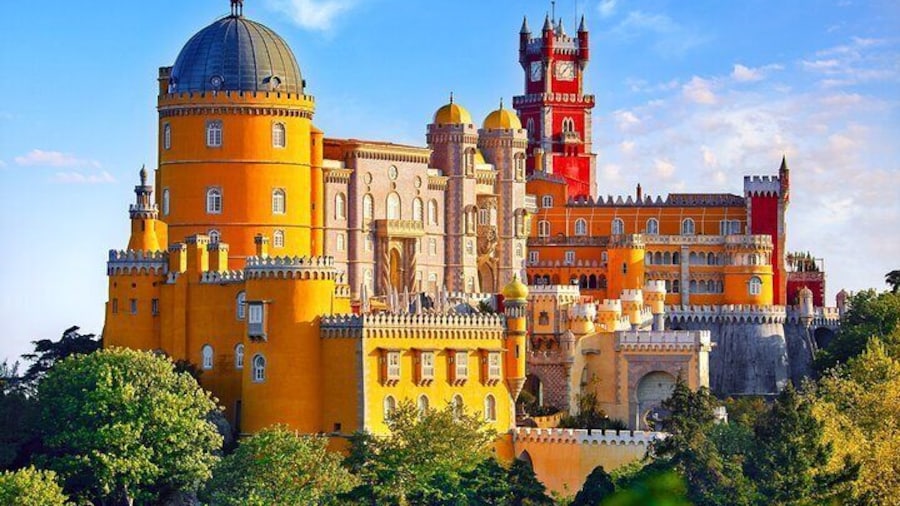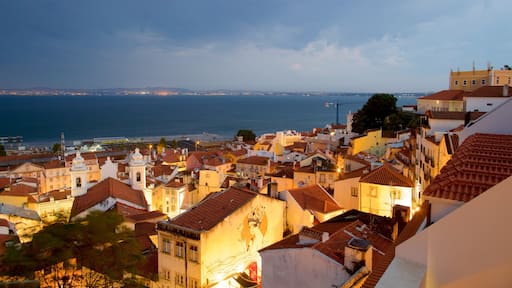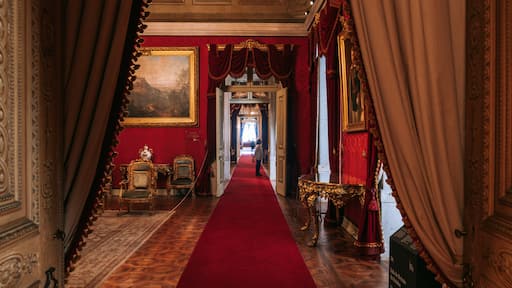Alcântara is a district located towards the southwest of Lisbon, along the Tagus River. It is one of the liveliest nightlife spots in the city.
History
Alcântara means ‘bridge’. The name originated due to the existence of a Roman bridge in the area. The region was well known for being rich in agriculture as well as limestone.
The damage of the 1755 Lisbon earthquake led to extensive rebuilding of parts of the city. Luckily, however, the Alcântara area did not suffer much damage. As a result the King and the seat of government relocated to this area, resulting in an abundance of palaces.
In the 19th Century, industrialisation turned Alcântara into an important industrial area with factories devoted to leather tanning, manufacture of textiles and chemical production especially that of lime.
However, the dwindling economic fortunes of the region resulted in several strikes and industrial conflicts, and the factories were slowly abandoned. In the early 1990s, Alcântara switched tack. It became home to several popular clubs and pubs, and this gentrification lead to the developments of new holiday apartments, taking advantage of the central, picturesque riverside location.
Orient Museum
This Museum, displays the cultural ties between PortugalOpens in a new window and the countries of the East, with Chinese, Indo-Portuguese, Japanese and East Timor art collections on display. There is also a garden, an auditorium and a restaurant with nice views of the river.
Saint Amaro Chapel
This National Monument was built in 1549 by one of the most highly regarded architects of the 16th century, Diogo de Torralva. The walls of this chapel are decoratively tiled with Mannerist style images of Saint Amaro in the polychrome tile tradition.
Valle Flor Palace
The Italian architect, Nicola Bigaglia, built Valle Flor Palace in the late 19th Century. Pestana Hotels Group acquired the palace in 1992 and now it acts as exclusive accommodation for those looking to spoil themselves rotten. Highlights of the palace include French-influenced royal suites with marble fittings, stained glass windows and frescoed walls and ceilings.
Carris Museum
Carris is the largest public transportation company serving Lisbon. On top of its usual journeys across the city, it also offers visitors a journey back into time, through exhibits displaying transport related documents like bus tickets, uniforms, historic trams and buses.
Tapada das Necessidades
This green area evolved from a favoured hunting spot of Portuguese monarchs to a National Forest Reserve area. Nearby you can also visit the beautiful Necessidades Palace, built in the 18th Century by order of King D. João V. After the proclamation of the Republic in 1910, it became the headquarters of the Ministry of Foreign Affairs.
Aqueduto das Águas Livres
Built in 1731 by order of King João V to provide water to the Lisbon area, Aqueduto das Águas Livres it is one of the longest spanning stone arches in the world and a city landmark. There are walking tours that allow you to navigate parts of the aqueduct on foot, with the promise of breathtaking views.
Restaurants and Nightlife
Due to its proximity to the sea and the Port of Lisbon terminal, you can find a variety of restaurants bars, outdoor cafés and nightlife venues especially in the Alcântara Docks area.
For shopping head to Lx Factory, a 19th century iron building which works as a multifunctional space, housing shops with designer labels, musicians, a dance school, restaurants, outdoor cafes and a bookstore.











